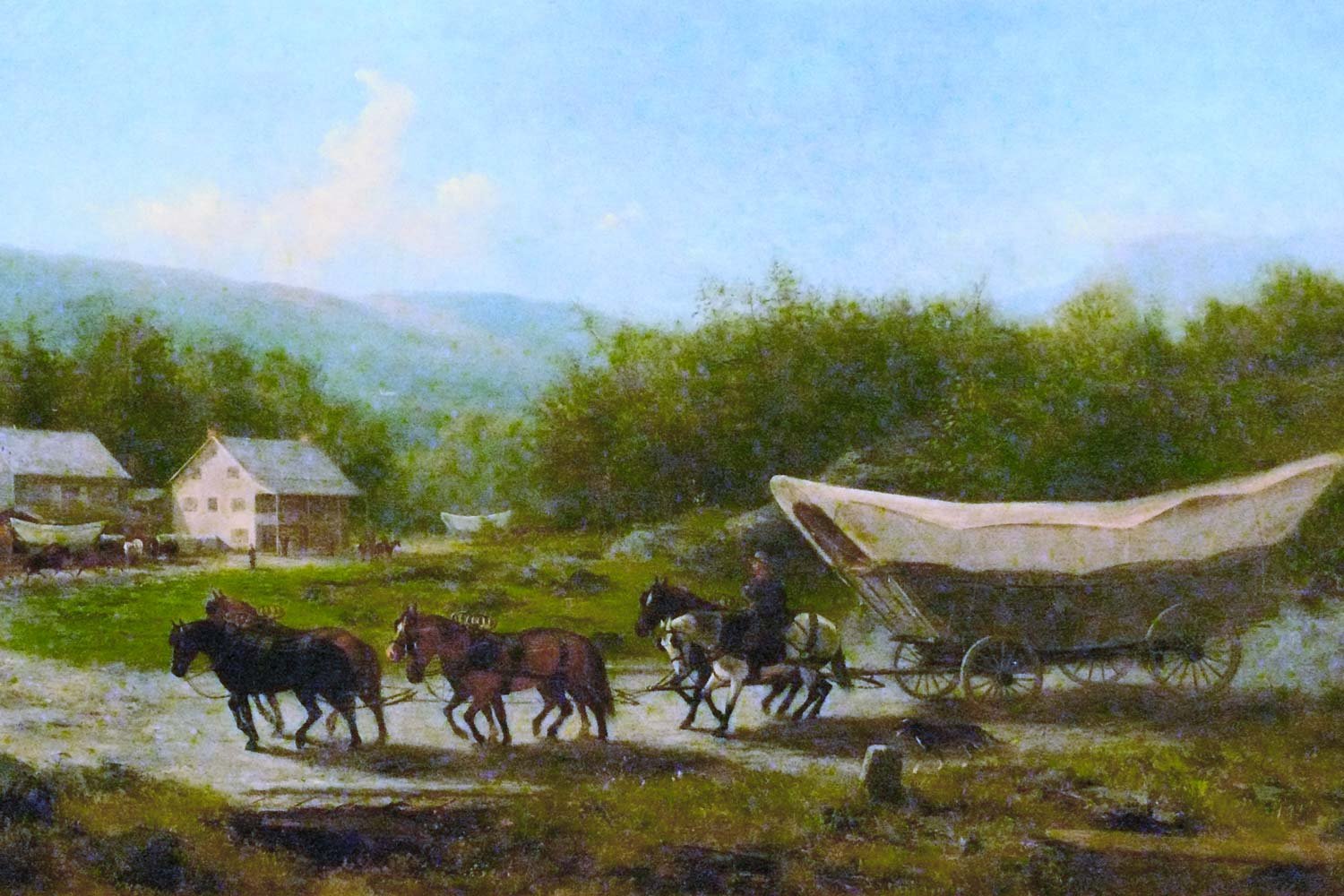North Carolina’s Regulator Insurrection
Several years before Lexington and Concord, farmers in western North Carolina had a rebellion of their own. This movement, called the Regulator Insurrection, represents the first time Royal officials used soldiers to suppress American colonists. When cheap land began attracting settlers to western North Carolina in the 1750s, speculators bought up large tracts that inflated land prices, forcing many farmers deep into debt. In 1766, the farmers organized and took their case to the colonial legislature but made no headway. When legal methods failed, a group calling themselves the Regulators adopted extralegal methods such as refusing to pay taxes, reclaiming confiscated property, and disrupting court proceedings.
Tom Hand, creator and publisher of Americana Corner, discusses North Carolina’s Regulator Insurrection and how its repercussions would be felt during the American Revolution, and why it still matters today.
Images courtesy of National Army Museum, Library of Congress, Encyclopedia Virginia, East Carolina University Digital Collections, The New York Public Library, Kentucky National Guard, Wikipedia.


The first time a Royal Governor of a British American colony called out the troops to suppress rebellious American subjects was not the famous fight at Lexington and Concord in 1775. The initial incident of this sort occurred four years earlier when the Royal Governor of North Carolina, William Tryon, suppressed a grassroots effort known as the Regulator Insurrection.